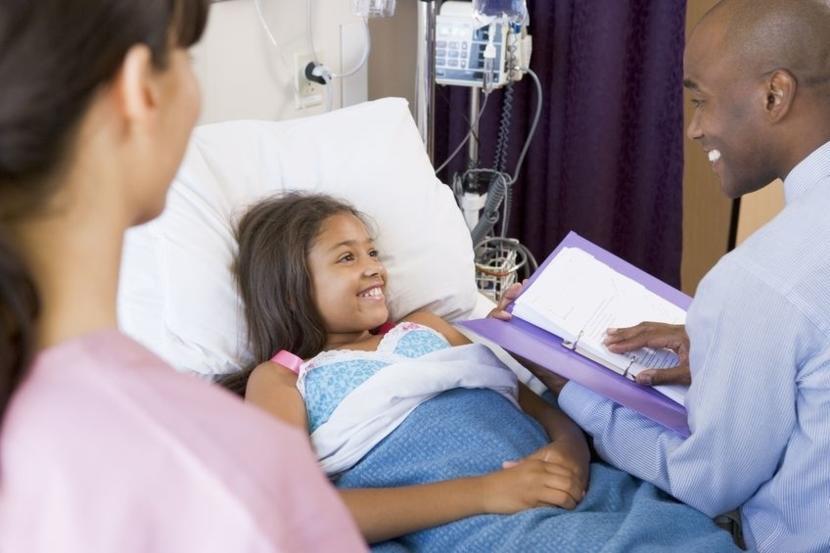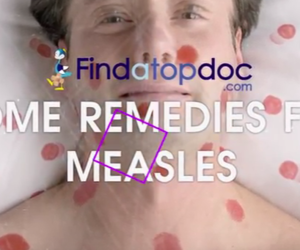What Are the Causes and Symptoms of the Measles?

Measles, or rubeola, is a viral infection that mostly affects children, but can be seen at any age. This contagious infection is characterized by rashes that spread all over the body. Measles are now able to be contained via vaccination. The disease can be fatal for small children under the age of 5-years-old. Vaccination for measles is given as a part of the MMR dose (Measles, mumps, rubella and chickenpox immunization). Measles are not very common throughout the country, however, it is better to get your child vaccinated just to be safe.
The disease is caused by a virus that survives in the mucus of the nose and throat of an infected person. This virus spreads through coughing, sneezing, and direct physical contact. Sharing of personal items, food, and drinks may also increase the risk of getting the disease. The virus may travel through air, therefore, being near a person infected by the organism may enhance the chance of getting measles. This is possible even if the infected person does not sneeze or cough directly at you. Moreover, the virus may remain contagious for up to two hours outside the body on surfaces like door handles. The disease may spread about four days before the appearance of the symptoms, and up to four days after the disappearance of the rash from the body. Thus, the disease may have spread to others even before one gets to know that he/she is infected by the virus.
Some of the factors that increase the chance of getting measles include:
- Lack of vaccination
- Traveling to locations where the disease is common
- Vitamin A deficiency
The initial symptoms of infection include:
- Running nose
- High fever
- Sneezing
- Cough or sore throat
- Swelling in the lymph nodes near the neck
Gradually, small reddish spots start to appear inside the mouth, followed by rashes that spread all over the body. Some may also have diarrhea and reddishness in the eyes before the rashes start appearing. The symptoms are generally more severe in adults, when compared to that of children. The symptoms usually appear within a week or two after infection or being near an infected person.










